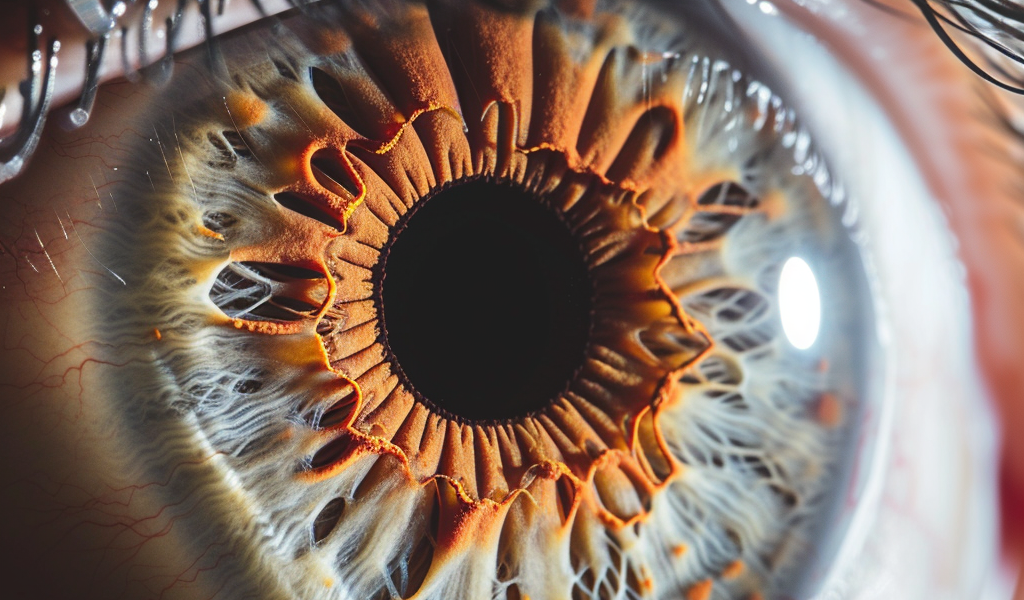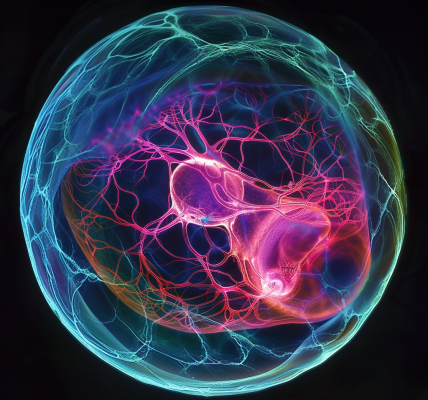During their presentation at 100% Optical, Occuity retinal imaging scientist, Emily Patterson, and physicist, Dr. Alistair Bounds, shed light on the potential of oculomics in providing insights into systemic health conditions.
Patterson emphasized that the eye not only allows us to see into the past but also provides valuable insights into the present and the future. She explained how different layers of the lens can offer clues about an individual’s past health, while the composition of the vitreous and aqueous humour can provide insights into their current health status.
Furthermore, Patterson highlighted that the retina can reveal early signs of neurodegenerative diseases, offering a glimpse into an individual’s future health. She also pointed out that the eye can indicate signs of major diseases such as cardiac disease, cancer, neurodegenerative disease, and metabolic syndrome.
Dr. Bounds discussed the role of artificial intelligence (AI) in analyzing data from the eye to provide insights into systemic health. He emphasized that AI can efficiently process large amounts of data, enabling the identification of health indicators that may not be discernible to the human eye.
One example he shared was the use of AI to estimate levels of coronary artery calcium, a risk factor for cardiovascular disease, by analyzing retinal photographs. Additionally, he discussed the detection of advanced glycation end products (AGE) in the eyes of diabetic patients, highlighting the potential for using fluorescence measurements to monitor blood glucose levels without the need for traditional finger-prick methods.
The insights presented by Patterson and Dr. Bounds underscore the promising potential of leveraging oculomics and AI to gain valuable systemic health insights from the eye, offering new possibilities for non-invasive health monitoring and disease detection.





